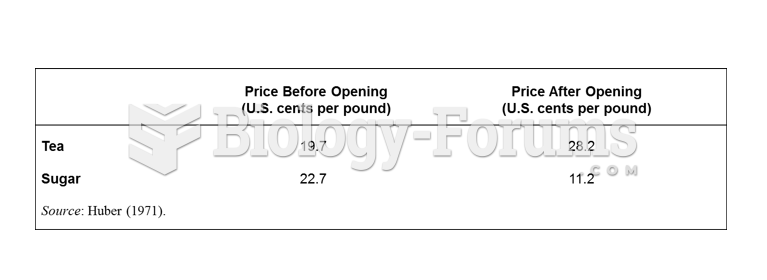Answer to Question 1
A trademark is a distinctive mark, device, motto, or implement that a company affixes to the goods it produces for identification purposes. A service mark is similar to a trademark, but it is used to identify services provided. In the United States, trademarks and service marks can be registered with state governments, the federal government, or both. The name (or a part of that name) that a business uses to identify itself is called a trade name. Trade names are not protected by trademark laws unless the business name is the same as the product (or service) name. They are protected, however, under common law.
Answer to Question 2
The fair use of a copyrighted work includes copying it to use in specific restricted ways in criticism, comment, news reporting, teaching, scholarship, or research. The laws definition of fair use is intentionally broad and can be difficult to interpret.
The law includes four specific factors that a court will consider in determining whether a specific use qualifies as a fair use. The first factor gives nonprofit educational uses a better chance at qualifying than commercial uses. The second factor allows the court to consider a painting using different standards than a sound recording. The third factor is often used to allow small sections of a work to qualify as fair use when the use of the entire work (or a substantial part of the work) might not qualify. The fourth factor, which is a deciding factor in most fair-use cases, allows the court to consider the amount of damage the use might cause to the value of the copyrighted work.
Answer to Question 3
Sellers can avoid some implied warranty liability by making a warranty disclaimer. A warranty disclaimer is a statement declaring that the seller will not honor some or all implied warranties. Any warranty disclaimer must be conspicuously made in writing, which means it must be easily noticed in the body of the written agreement.







